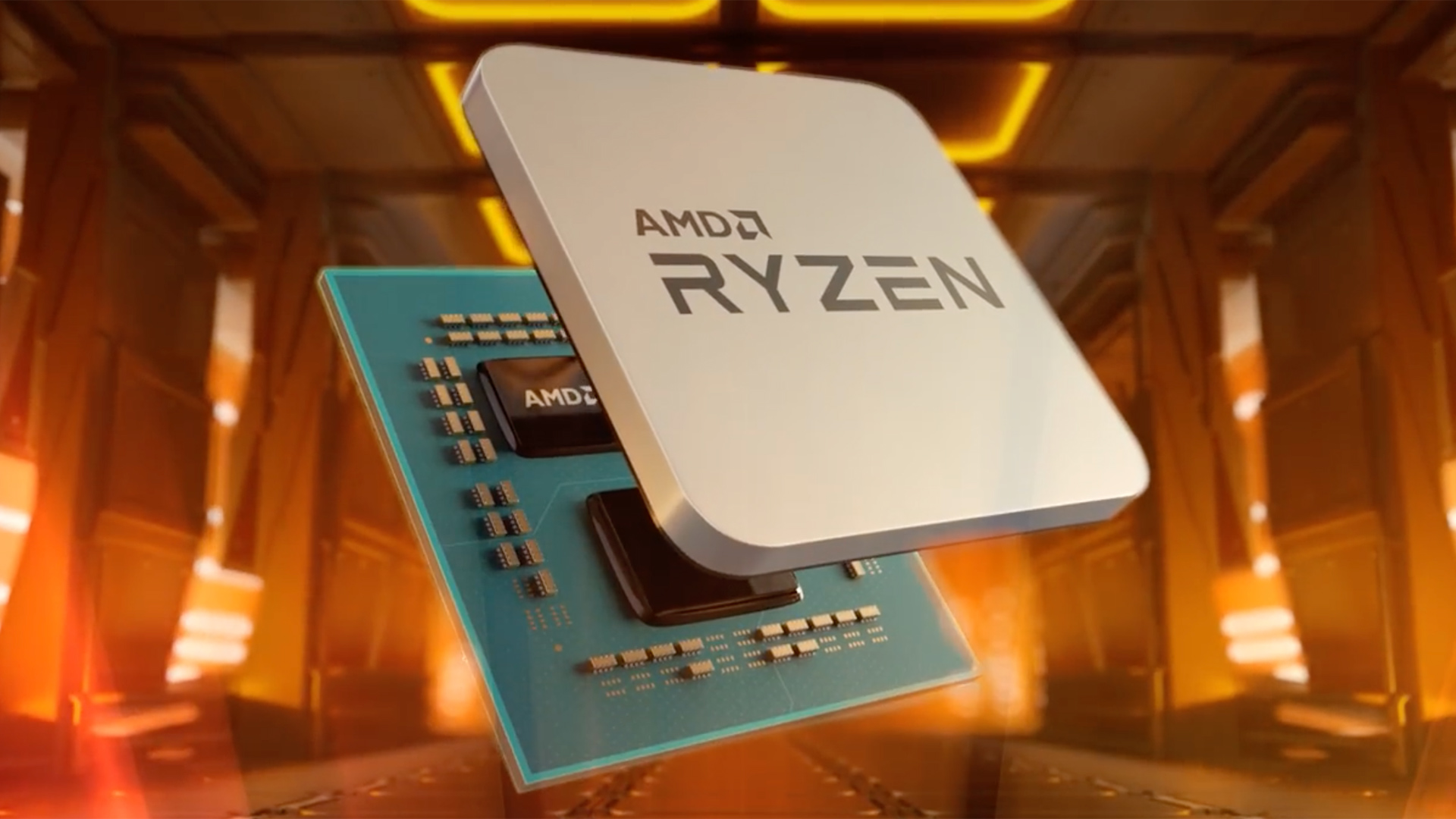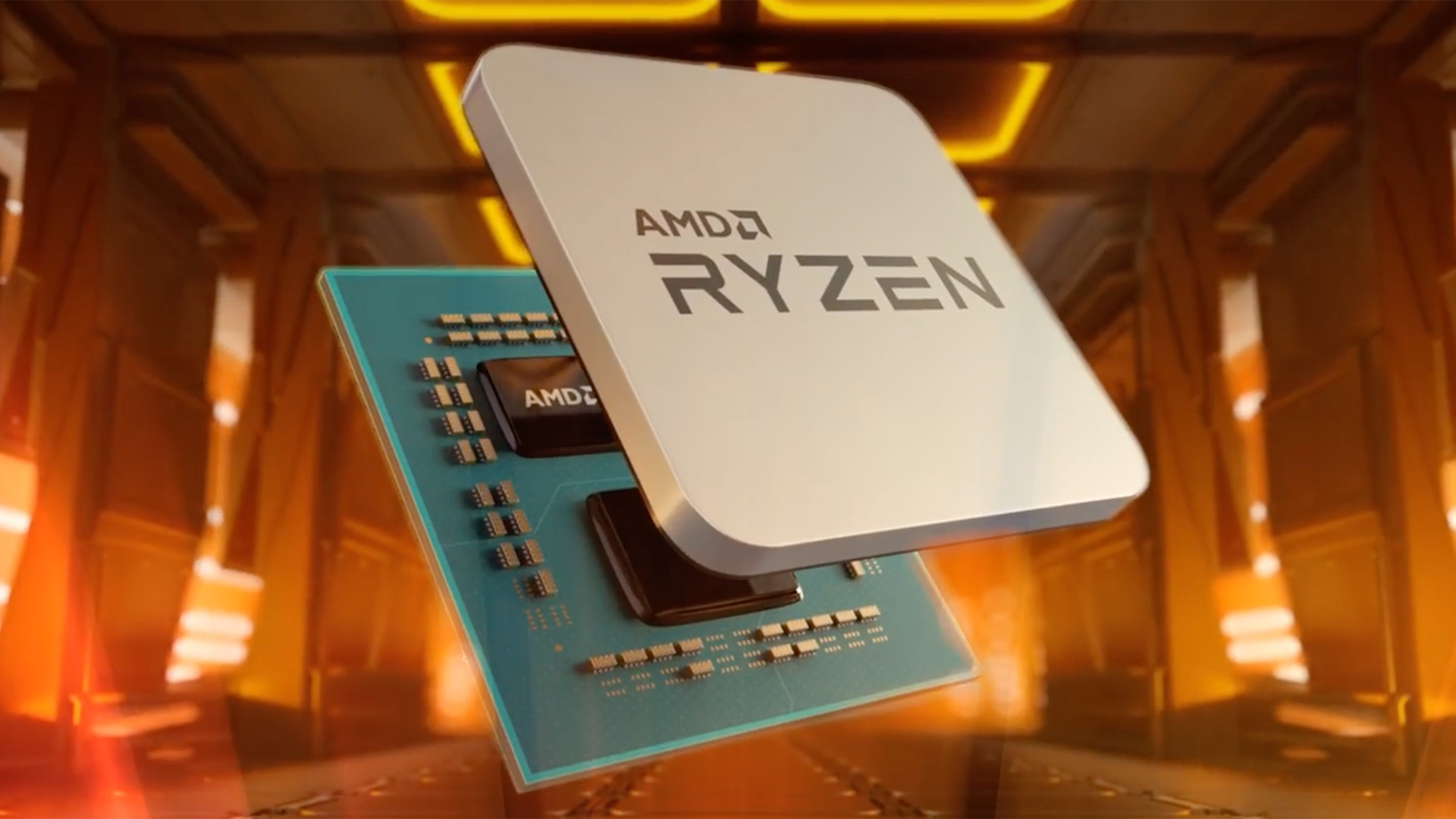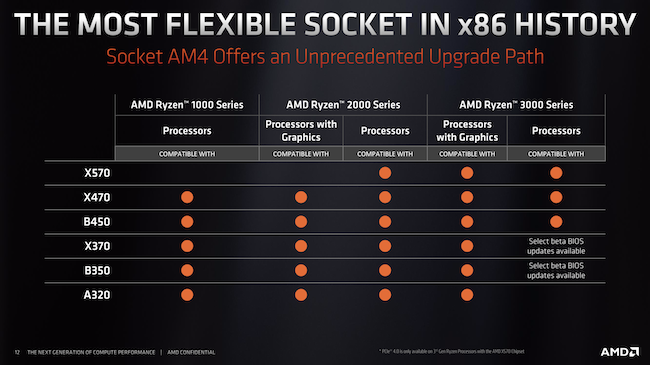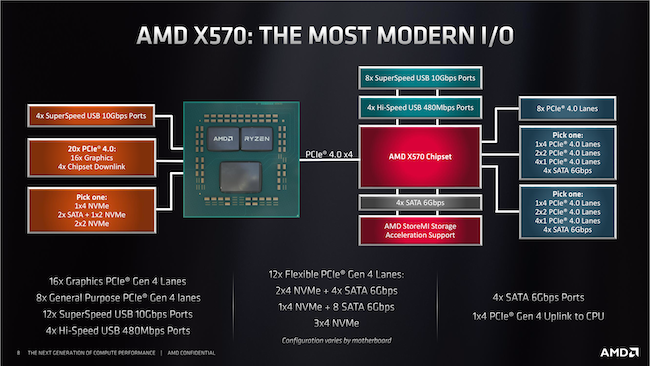

AMD has launched Ryzen 3000 with 12 cores now and 16 cores coming very soon.
AMD started talking about its Zen 2 architecture almost from the day they launched the 8-core Ryzen 7 1800X however the PR blitz really started at CES in January 2019. RedShark News continued to cover Zen 2 after Computex in May and at E3 in June, and now, after mounting expectation, we have seen the launch of Ryzen 3000.
Those AMD model names may cause confusion, so here’s a quick cheat sheet:
The original Zen on Global Foundries 14nm process launched as Ryzen 1000 with 4, 6 and 8-cores.
Zen+ with a die shrink from 14nm to 12nm (still from Global Foundries) was called Ryzen 2000 and also topped out at 8-cores.
Zen 2 uses a new architecture, a new chip layout and a 7nm process from TSMC and is called Ryzen 3000. Ryzen 5 has 6-cores, Ryzen 7 has 8-cores and Ryzen 9 has 12-cores at launch with a 16-core version promised for September.
Zen 2 uses a radical design where the CPU cores are fabricated at 7nm on chiplets while the Input/Output has been moved to a separate die that is fabbed at 12nm. Each Ryzen 3000 CPU uses an IO die and either one or two blocks of chiplets to deliver the desired number of CPU cores.

Despite these massive changes, Ryzen 3000 continues to use Socket AM4 so in theory you can plug most Ryzen CPUs into most AM4 motherboards, regardless of whether it sports an X370, X470 or X570 chipset. In practice you need to upgrade your BIOS to the latest version before you even consider an upgrade and would be well advised to study the CPU compatibility chart for your chosen motherboard before you take the leap.
Since the launch on 7thJuly (7/7 for 7nm, you see?) we have confirmed pretty much everything we thought we knew about Zen 2 and have clarified a number of other points.
Specifications in detail
The biggest unknown about Ryzen 3000 before launch was the clock speeds. The problem has been the way that AMD talks about a range of clock speeds in much the same way Intel describes its own CPUs. Let’s take the Core i9-9900K as an example, which is listed with a base frequency of 3.6GHz and a Maximum Turbo of 5.0GHz. Those clock speeds are accurate however they give you little idea about the all-core operating speed in a heavy workload such as Adobe Premiere. They also take no account of the TDP rating of the processor so if you limit your Core i9-9900K to its rated TDP of 95W you will see all 8-cores and 16-threads run at 3.7GHz. The BIOS of a typical motherboard from Asus, ASRock, Gigabyte or MSI will feed the CPU 180W and push the all-core speed to 4.7GHz. There is a decent chance you will be able to manually overclock your Core i9-9900K to 5.0GHz on all cores although you will need significant levels of cooling for that to be a safe practice.

Intel’s specification limits Turbo speeds to a set period of time so you get an initial flurry of clock speed and once the preset time has elapsed the CPU falls back to a lower power setting that reduces the clock speed. Most motherboard manufacturers ignore the power limit by default, hence the huge difference between those 3.7GHz and 4.7GHz speeds for the i9-9900K.
By contrast the AMD Precision Boost algorithm constantly monitors the thermals of your Ryzen CPU in a bid to match the work load with power, clock speed and heat. In other words, when you call on Ryzen to deliver it should ramp up the speed as far as possible, until the internal CPU temperature rises to around 90 degrees C and it reaches a state of equilibrium.
AMD’s different approach to Intel throws up some oddities. For example the Ryzen 5 3600 and Ryzen 5 3600X appear to be identical parts, although they have differing specifications and prices. The cheaper Ryzen 5 3600 is rated at 65W, is bundled with a Wraith Stealth CPU cooler and has a claimed maximum speed of 4.2GHz. By contrast the Ryzen 5 3600X is listed as a 95W part and comes with a Wraith Spire cooler and a speed of 4.4GHz.
In practice you can ignore the 65W and 95W ratings as both CPUs will run at 4.2GHz with a decent cooler and slightly slower with an inferior cooler, such as the Stealth. This is a useful reality check as AMD’s claimed maximum clock speeds bear little relation to the speeds we observe in real life. Indeed AMD claims that as you move up the product stack and add cores you also get higher maximum clock speeds which goes against expectations.

This marketing puff is disappointing as AMD has a huge amount to shout about with Ryzen 3000 and pretty much the only downside is that clock speeds have barely increased from Ryzen 2000. The Zen 2 architecture works impressively well and the move to an IO die with 7nm chiplets is clearly a success. The fact that AMD can pack 12 cores into Ryzen 9 3900X on the tiny AM4 socket is hugely impressive and the expectations around the 16-core Ryzen 9 3950X are absolutely massive. Add in the good news about PCI Express Gen 4.0 for fast graphics and SSD support and there are many points of interest for the enthusiast.
Where things get a bit messy is the separation between CPUs that are effectively identical apart from changes to the rated TDP and claimed clock speeds. The Ryzen 5 3600 is effectively identical to the more expensive Ryzen 5 3600X and the same appears to be true of the 65W Ryzen 7 3700X against the 105W Ryzen 7 3800X.
To make matters plain, in our opinion the stack of five Ryzen 3000 CPUs actually consists of three distinct models:
- 6-core Ryzen 5 3600
- 8-core Ryzen 7 3700X
- 12-core Ryzen 9 3900X
Some time ago we said that 2019 would belong to AMD and have no reason to change our view. In September we will see the launch of the 16-core Ryzen 9 3950X that rounds out a formidable range of desktop CPUs and soon after that we will see Threadripper 3000, also using Zen 2. AMD has every reason to feel incredibly happy as they head off for their Summer holidays.
Tags: Technology


Comments